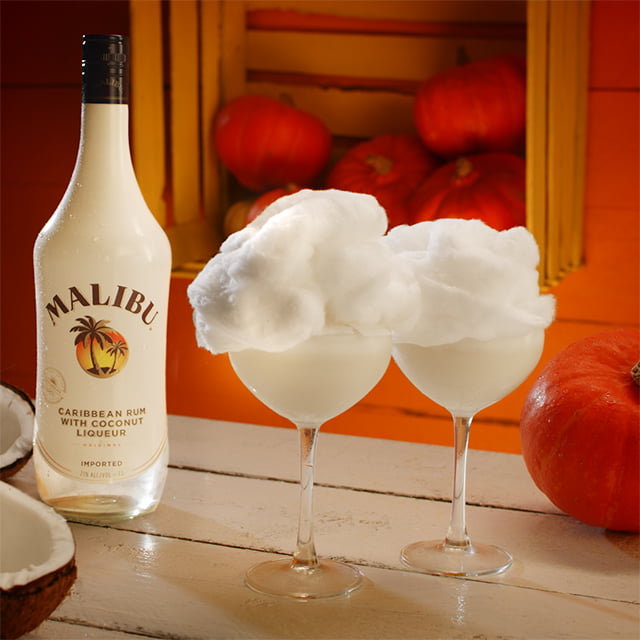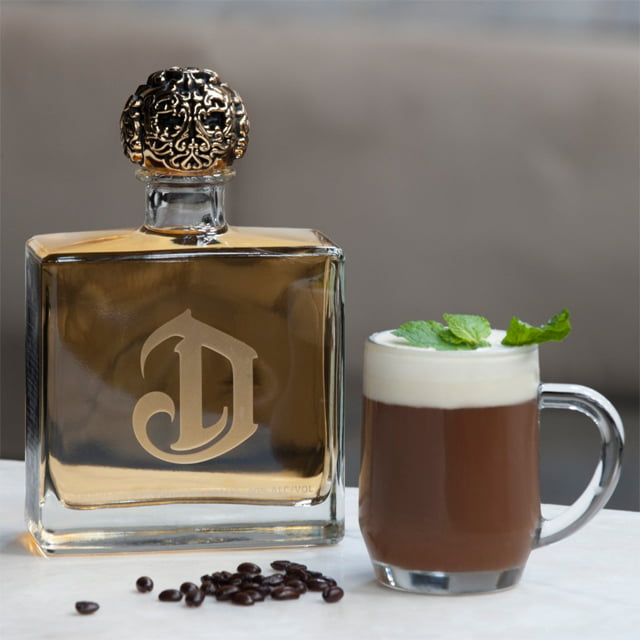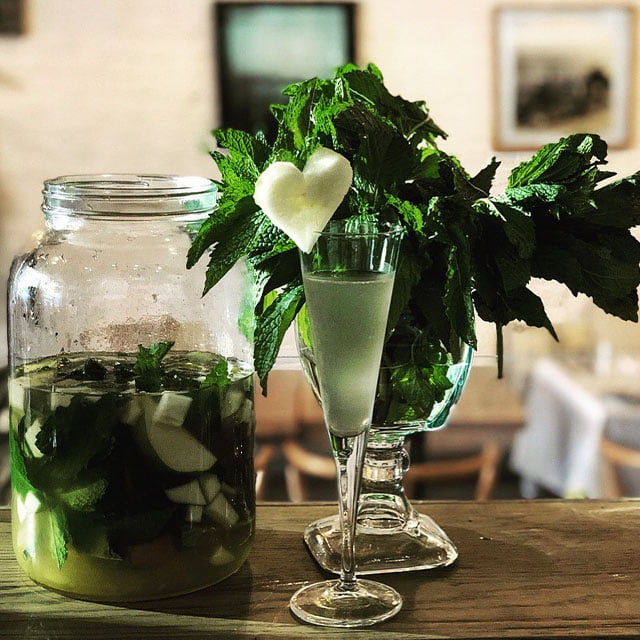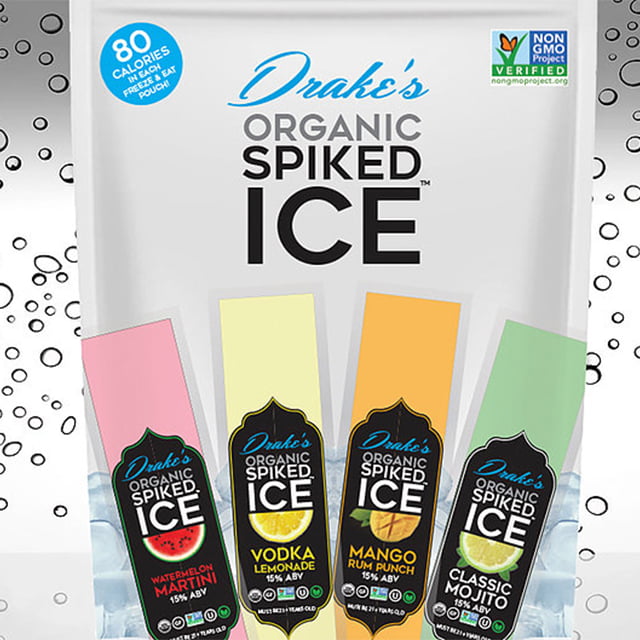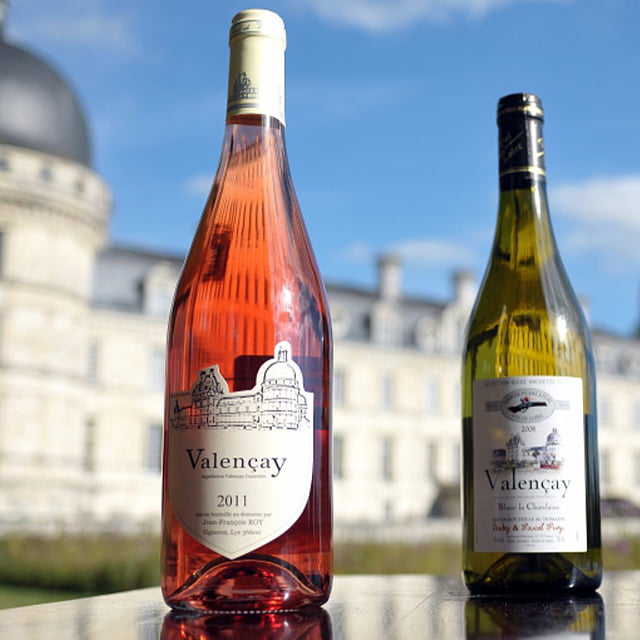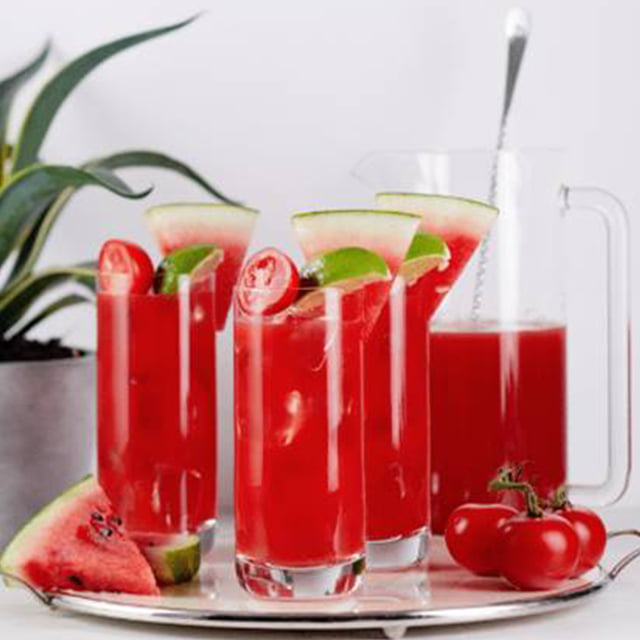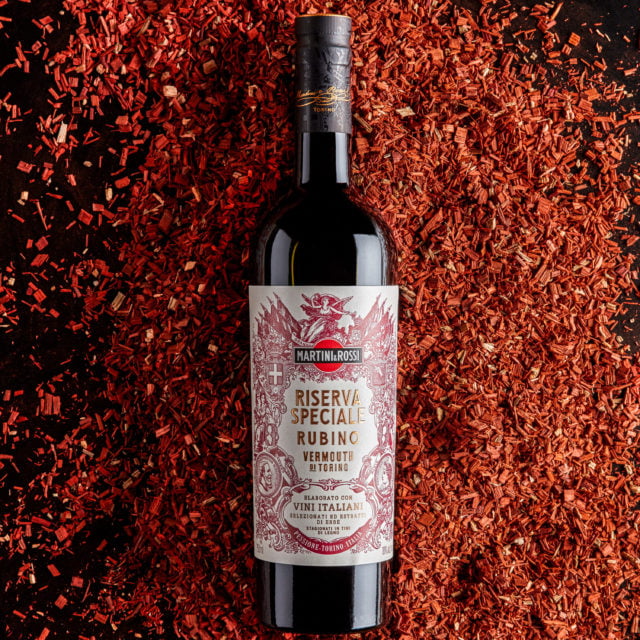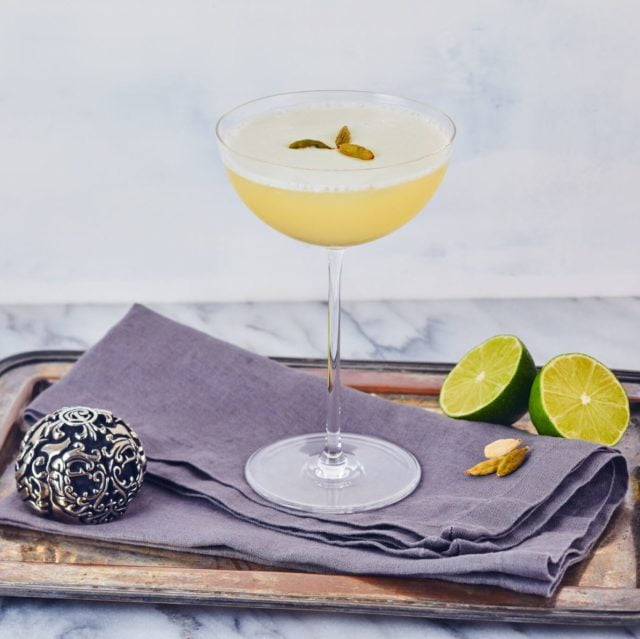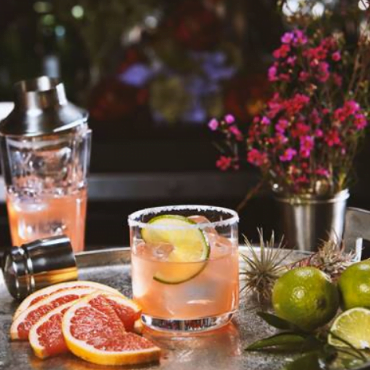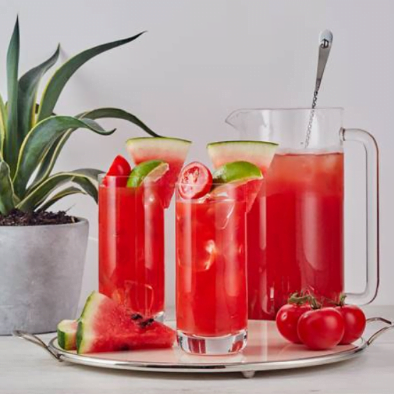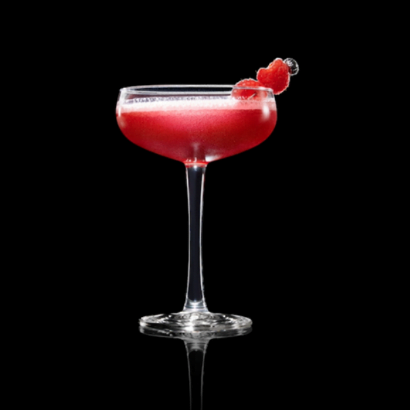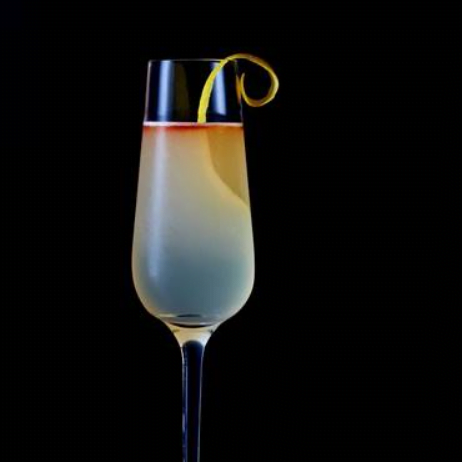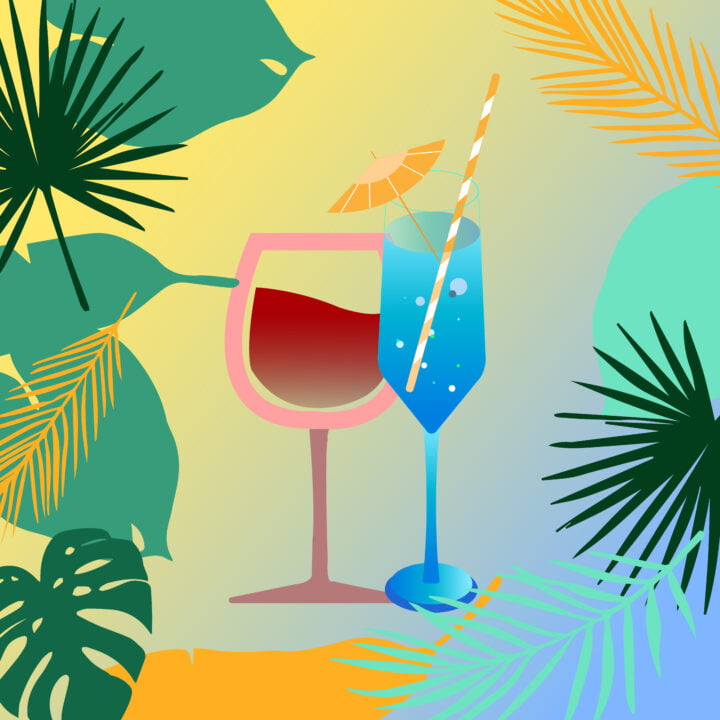AN UNRESERVED STORY OF BITTER & BOTANICALS
The year was 1863 when Alessandro Martini and Luigi Rossi created their first Martini vermouth and began a lifelong quest to place their stamp on Italian culture. Their infamous partnership created the iconic brand that is MARTINI & ROSSI — a household name synonymous with bold heritage, impeccable craftsmanship and unreserved style. Its latest triumph, the Riserva Speciale Range, represents the height of Italian Aperitivi and the art of balance.
Today, the 8th generation MARTINI & ROSSI Master Artisans Giuseppe “Beppe” Musso and Ivano Tonuttiare following in the foot steps of the brand’s founders as dedicated and passionate craftsmen who guard and preserve its quality and integrity. They are two of only four people worldwide to know Luigi Rossi’s original recipes.
Over a century in the making, the Riserva Speciale Rangeis the first permanent line of expressions within MARTINI & ROSSI to be launched in 25 years. Comprised of two iconic Vermouths di Torino—Rubino and Ambrato— along with an incomparable Bitter Liqueur,the entire process of creating one bottle in the MARTINI & ROSSI Riserva Speciale Range takes over one year. The collection is a homage to the brand’s origins, a celebration of the region’s bounty and the ultimate distillation of the MARTINI & ROSSI legacy of innovation and boldness.,representing a new generation of signature aperitifs that will become the tradition of tomorrow.
A protected name of origin, Vermouth di Torino can only be assigned to expertly crafted vermouths that use 100% Italian wines and Artemisia herbs sourced from the Piedmonte region. The MARTINI & ROSSI Ambrato and Rubino Riserva Speciale Vermouths di Torino acknowledge and pay tributeto this guarded name of origin by employing the same time-honored craft that has been passed down from generation to generation. Born and madein Pessione, these acclaimed products are the most authentic expression of the ingredients and style of the region, honoring over a century of winemaking prowess.
Setting the standard for what a Vermouth di Torino represents, MARTINI &ROSSI Master Artisans Beppe Musso and Ivano Tonutti use the same established production practices developed by the first Master Artisans centuries ago, paying homage to their rich roots and heritage. By law, at least one Artemesia herb must be included in a Vermouth di Torino, but to give them true Italian heart and to create a more complex, complete, and rounded sensation, the Masters chose to use three types of local Artemisia.
All grown in nearby fields in Piedmonte, Artemisia Absinthium, commonly known as Wormwood, brings a strongly bitter-herbal character, Artemisia Pontica adds a touch of anise, and Artemisia Vulgaris provides a floral note.
The terroir of the fragrant pastures is essential to the exceptional quality ofthe botanicals used in both the Ambrato Vermouth di Torino and Rubino Vermouth di Torino. The inclusion of all three types brings a new dimensionto the classic taste of Vermouth.
Ambrato Vermouth di Torino
For the Ambrato Vermouth di Torino, Artemisia is blended with other carefully sourced exotic and local herbs and spices including RomanChamomile, Yellow Cinchona bark and Chinese Rhubarb. The ItalianRoman Chamomile emphasizes the fresh floral notes of the artemisia, while the yellow Cinchona bark brings a fresh, mouthwateringly bitter character. The botanicals are added to a neutral grain spirit, steeped, then placed in rotary drums turning at a slow speed for a period of many weeks to create the extracts – liquid elixirs that will be added tothe final blend.
The botanical extracts for the Ambrato are rested for over two months in Piedmontese Tino casks, reminiscent of the process used in the very early days of the company. This complex practice softens the blend of botanicals, creating the desired balance needed in each.
After the botanical extracts are rested, they are then blended with100% Italian wines selected by Master Blender Beppe Musso. LocalMoscato d’Asti DOCG wines, along with crispy and fresh Italian wines, are used to create the distinctive amber Ambrato Vermouth di Torino, adding their soft honeyed and aromatic sweetness. Along with the local Artemesia, Roman Chamomile, Yellow Cinchona Bark andChinese Rhubarb, the end result is a lightly bitter profile that is her baland floral with just a touch of honey to finish.
Rubino Vermouth di Torino
Italian Holy Thistle and Red Sandalwood were specifically selected to imbue the Rubino Vermouth di Torino with their aromatic character and perfectly compliment the three types of ItalianArtemisia. Scarce and highly prized, the sustainably sourced RedSandalwood imparts a delicate spice and woody, bitter note. TheItalian Holy Thistle brings a cooling, energetic, and bitter taste to the mixture. Using the same production process as with Ambrato, each of the carefully selected botanicals are transformed into precious extracts then rested for over two months in order to create a perfectly balanced, harmonious blend of flavors.
Master Blender Beppe Musso carefully blends the botanic extracts with 100% Italian wines once their resting period has ended. The exquisite Riserva Speciale Rubino is brought to life with small amounts of the full-bodied Lang he DOC Nebbiolo wines. These parcels are known to be dark and fruity, characteristics which shine through in the final product. The wines are blended with the extracts of Artemesia, Italian Holy Thistle and Red Sandalwood resulting in a bright ruby red Vermouth di Torino. The delicate balance of botanicals and wine create a full-bodied, herbal and complex style ofVermouth di Torino with a lingering profile and just a touch of spice.
Bitter Liqueur
The crown jewel in the Riserva Speciale Range is undoubtedly the Bitter Liqueur. Inspired by founder Luigi Rossi’s original recipe from 1872, and usingonly 100% natural ingredients, the MARTINI & ROSSI Bitter has been remastered for today’s modern palate.
To compliment the prized Piedmontese Artemisia, Master Herbalist Ivano Tonutti carefully selected three exotic botanicals: Saffron, Angostura andColumba. The Angostura is a pleasing aromatic bitter that imparts a deep flavor which, along with the Artemisia, provides a solid foundation to theBitter Liqueur. Columba is a harmonious bitter that gives a substantial mouth-filling bitter taste while balancing the other botanicals. Finally, Saffron,the “golden spice,” gives the liquid a wonderful end note, intensifying the aromatic bitter qualities, bringing perfume and a lingering finish to the final product.
In total, over twenty different botanicals are used to encompass the complete range of bitter, each delivering an irreplaceable richness and complexity tothe taste profile through different dimensions of bitterness.
To better harmonize all the aromatic ingredients and add roundness to the bitter notes, the botanical extracts are mixed with sugar and a neutral grain spirit then rested in the same traditional Tino casks used for the MARTINI &ROSSI Riserva Speciale Vermouths di Torino. This resting period creates exceptional harmony and balance, integrating the layers of flavor together to create a complete sensation of bitterness. The final product is a one-of-a-kind, versatile liqueur that adds depth, complexity and balance to any cocktail
Master Herbalist Ivano Tonutti
Hailing from Piedmonte, Ivano Tonutti is the 8th Master Herbalist to follow in the foot steps of the legendary Luigi Rossi. The most complex and precious secret atMARTINI & ROSSI is how the taste, aroma and texture of the hand selected botanicals are captured, and for the last 25 years, Tonutti has been embracing this legacy.
Prior to joining the MARTINI & ROSSI family, Tonutti studied in nearby Turin as apharmacist before taking up his role as a Technical Director within the company.He served a lengthy apprenticeship learning the skills and artistry needed before his appointment of Master Herbalist, the most trusted and celebrated role atMARTINI & ROSSI.
A true expert in botanicals and extraction techniques, Tonutti has an intimate knowledge of and rapport with the over forty natural ingredients that are used inMARTINI & ROSSI recipes. Under his guidance, his team of virtuosos ensure every individual botanical meets each rigorous standard set down by the company even before the fundamental taste components are extracted. Hundreds of samples are tasted and rejected until each requirement is met ensuring complete consistency and balance across the Riserva Speciale Range.
MASTER BLENDER GIUSEPPE “BEPPE” MUSSO
Originally from a village just outside the MARTINI & ROSSI home of Pessione, Italy, Giuseppe Musso is the Master Blender for the iconic brand and best known as “Beppe.” He is one of the very few responsible for the century-old recipes atCasa Martini, working to preserve the taste, quality and style of the Riserva Speciale Vermouths di Torino and Bitter Liqueur.
A student of the world-renowned Scuola Enologica di Alba, once Musso completed his training he worked for 10 years as a winemaker producing celebrated wines such as Barolos, Barbarescos, Moscatos and Asti Spumantes. He was always, however, drawn to his native Piedmonte, and returned home to join the MARTINI & ROSSI team where he began working with the quality assurance group getting to know each expression intimately.
In 1993, he was then honored with the opportunity to join Luciano Boero, theMARTINI & ROSSI Master Blender of over thirty years and become part of his team of winemakers. After 18 years of training under his tutelage, Musso succeeded Boero’s tenure once he retired from the company. Now, Musso, with the assistance of his curated team of artisans, sources each wine and leads the delicate blending process of marrying them with the bespoke botanical extracts within the MARTINI & ROSSI portfolio of vermouths and bitter.
NORTH AMERICAN BRAND AMBASSADOR FABIO RAFFAELLI
For almost two decades, Fabio Raffaelli has developed and contributed to bar programs at some of the world’s finest dining institutions, and today, he holds the title of the first-ever MARTINI &ROSSI North American Brand Ambassador. In this role, Raffaelli champions the iconic brand’s acclaimed heritage-rich expressions, and most recently the newly debuted Riserva Speciale Range.
Raffaelli has cultivated a respected reputation thanks to a keen attention to detail, expert palate and high standard for exceptional service. Born in Italy, Raffaelli has bartended in some of the most prestigious bars and restaurants across Europe. He has collaborated with internationally respected chefs including Alain Ducasse, Ferran Adrià, and Gordon Ramsay, as well as the celebrated legendary bartender Salvatore Calabrese. Raffaelli gained a reputation for his service-driven style and impeccable elegance before moving to the U.S.
In 2009 Raffaelli crossed the Atlantic to New York City to bring his expertise in Italian cocktails, spirits and wine to the Michelin Starred Italian restaurant Del Posto. With an expertise and focus on highlighting the diversity and complexity of Italian spirits, Raffaelli completely redesigned the bar program once he arrived, which earned well-deserved praise and critical acclaim. Continuing his career in fine dining, Raffaelli worked with renowned chef Daniel Boulud at DANIEL on the UpperEast Side. During his tenure there, he engineered the restaurant’s show-stopping table-side cocktail service and curated a rotating seasonal menu of cocktails, each highlighting a different spirit, preparation and presentation.
Today, in his role as North American Brand Ambassador and as the face of the brand in NorthAmerica, Raffaelli utilizes his Italian spirits prowess and innate style to raise awareness and build loyalty for the MARTINI & ROSSI Riserva Speciale Range.


